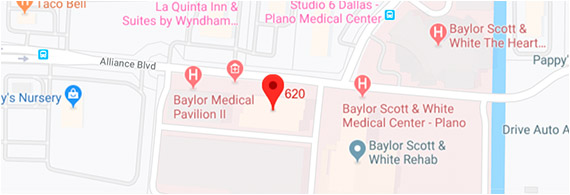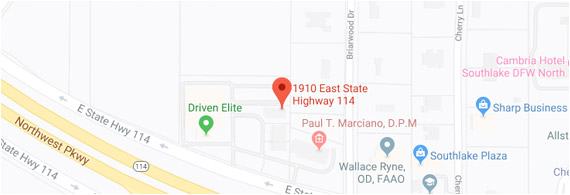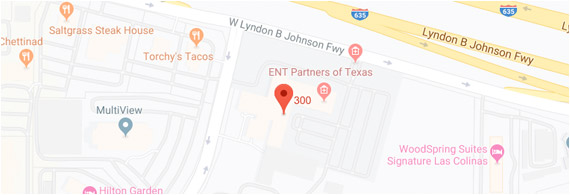Drop-less vs Less-Drops Cataract Surgery
Sidney Gicheru, M.D., a LASIK and Cataract Surgeon in Dallas Fort Worth metroplex talks today about Drop-less vs Less Drops Cataract surgery. He says “a lot of our patients have been asking about Drop-less Cataract Surgery recently”. “At our practice, we love technology as evidenced by all the different lasers we offer for LASIK and Cataract surgery, but we tend to be conservative and selective about which technologies we espouse”.
Ordinarily, Cataract surgery patients have to use eyedrops to help their eye heal for about 3-5 weeks after surgery. With drop-less Cataract surgery, an injection of a steroid, antibiotic is injected into the eye at the end of the case. The goal is to eliminate the patient from having to use eyedrops after surgery.
Dr Gicheru says “At LaserCare Eye Center, we have opted not to offer Dropless Cataract surgery” for several reasons:
- The risk of infection: There have been cases all over the US where Cataract Surgery centers have injected contaminated medications into the eye. The result is a very serious infection called Endophthalmitis, which usually results in permanent visual loss. At this time, we do not feel the risk of infection outweighs the inconvenience of drops. As sterilization techniques improve and become more consistent, we may consider Drop-less Cataract surgery in the future.
- The risk of injury: The eye is made out of 2 chambers: the anterior chamber in the front and the larger posterior chamber in the back. If medications are injected in the anterior chamber, they tend to be cleared out of the eye relatively quickly. For the medications to last, they have to be injected into the back of the eye. Most Cataract surgeons are not comfortable doing the injection through the sclera (white part of the eye). So most, will insert the needle in between the zonules (the wire-like attachments that hold the lens in place). This poses 2 risks:
- A risk of damaging the zonules, which could lead to the lens implant becoming unstable and dislocating.
- It also creates a conduit between the Anterior chamber and the Posterior chamber that could help bacteria and create a serious infection.
- It does not work 100%: Some patient who have Dropless Cataract surgery develop breakthrough inflammation that requires eyedrops.
At LaserCare Eye Center, we understand that eye drops can be expensive. Some of our patients call them “Liquid Gold”. It is not unusual for a 3 ml bottle to cost as much as $400 at the pharmacy. A lot of this has to do with your Insurance formulary. But we have to remember that these drops have tremendous benefits. Dr. Sidney Gicheru, an Ophthalmologist in Dallas, has been an Ophthalmologist since 1997 and says he remembers the complications seen in the 1990s from inferior medications. “We are in an era where the post-op drops for Cataract surgery provide astounding results”.
LaserCare Eye Center will be instituting LessDrops Cataract Surgery in the next few weeks. “Our goal is to roll it out for LASIK initially and then start using with Cataract surgery”. This is technology that we can espouse. It allows all the medications usually used for Cataract surgery to be placed in 1 bottle by a 503B rated Compounding Pharmacy. This allows a large cost savings for the patient, with great efficacy, less hassle for the patient and with virtually no risk. This is the type of technology we like at LCEC. “It is a Win-Win for the patient and the doctor” says Dr. Gicheru.




